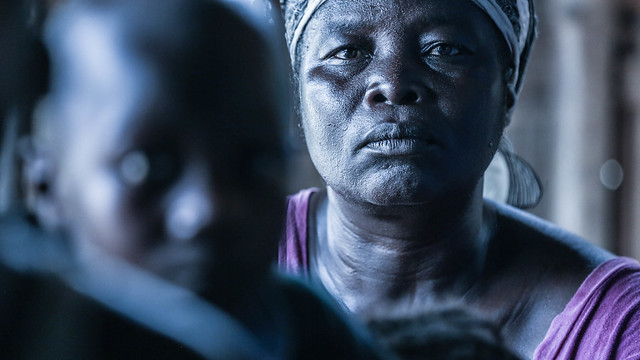Sao Tome and Principe history the second smallest African country
Mountainous with a coastline of just 0.13 miles, 686.36 feet, or 209 meters, Sao Tome and Principe is the second smallest country in Africa.
Sao Tome and Principe is a fascinating country in Africa that stands out for its small size and unique geography. With its mountainous terrain and a coastline spanning just 209 meters, it is considered the second smallest country on the African continent.
Explore More Diaspora Connections:
Creole Connection Hub →
Sao Tome and Principe's history as the second-smallest African country.
Sao Tome and Principe is a small country located in Central Africa, with islands situated in the Gulf of Guinea. It is just north of the Equator and west of Gabon. Despite its size, Sao Tome and Principe have a unique geography. The two main islands are part of a chain of extinct volcanoes, and both are mountainous. The capital city, Sao Tome, has approximately a quarter of the nation's population, while Santo Antonio is the largest town in Principe. The northern areas of both islands have the highest population densities.
The population of Sao Tome and Principe is predominantly young, with over 60 percent of the people under the age of 25. The descendants of the island's colonial Portuguese settlers, who arrived in the late 15th century, form a significant part of the population. Additionally, a large number of African slaves were brought to the islands for sugar production and the slave trade. After the abolition of slavery in 1876, unskilled contract laborers from Portugal's other African colonies were also brought to work on coffee and cocoa plantations.
The history of Sao Tome and Principe includes a dark period of labor exploitation. Even after the abolition of slavery, the plantations continued to mistreat workers, leading to a riot in 1953 known as the Batepa Massacre. It wasn't until the Carnation Revolution in Portugal in 1974 that the process of decolonization began. Sao Tome and Principe gained independence on July 12, 1975, following negotiations with the Portuguese authorities.
In 2003, Sao Tome and Principe experienced a coup attempt led by Major Fernando Pereira. The coup leaders claimed they acted to combat poverty in the region. Negotiations between the government and the coup leaders took place, resulting in a settlement that required the president to respect the nation's separation of powers. International mediators, including Nigeria, Portugal, Angola, Gabon, the United States, and the United Nations, were involved in the negotiations.
Present-day Sao Tome and Principe have a diverse population consisting of various ethnic groups. These include mesticos, who are creole descendants of the European immigrants and African slaves; forros, who are descendants of freed African slaves; angolares, who are descendants of runaway African slaves and are primarily fishermen; and servicais, who are contract laborers from Angola, Mozambique, and Cape Verde. There are also tongas, who are locally born children of contract laborers, as well as smaller populations of Europeans and Asians.
Did you know?
The languages of Sao Tome and Principe are Portuguese 98.4 percent (official), Forro 36.2 percent, Cabo Verdean 8.5 percent, French 6.8 percent, Angolar 6.6 percent, English 4.9 percent, Lunguie 1 percent, and other 2.4 percent. Here are the twenty smallest countries in Africa. The twenty smallest African countries in size are Tunisia, Malawi, Eritrea, Benin, Liberia, Sierra Leone, Togo, Guinea-Bissau, Lesotho, Equatorial Guinea, Burundi, Rwanda, Djibouti, Eswatini, The Gambia, Capo Verde, Comoros, Mauritius, São Tomé and Príncipe and Seychelles.

























